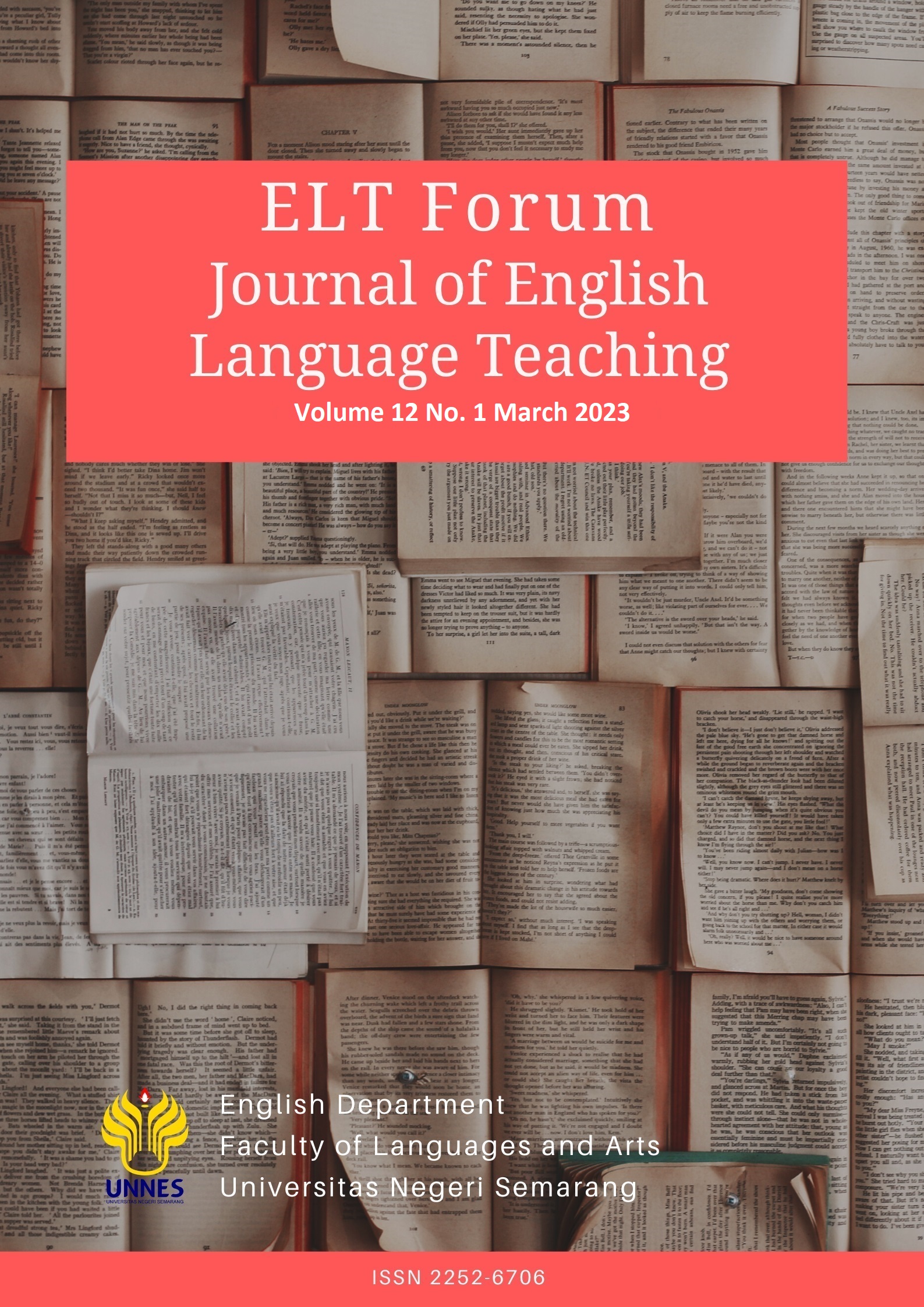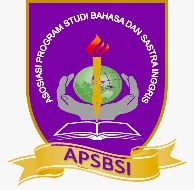EFL female students’ perceptions in doing collaborative writing in an online writing class
Abstract
Collaborative writing is an approach teachers can apply to support their students’ writing development. However, despite the benefits from collaborative writing, some English as a Foreign Language (EFL) students might not enjoy writing in groups. This qualitative study aims to explore the perceptions of EFL female students in doing collaborative writing in a Writing for the Media class, such as how they think about finishing their writing tasks collaboratively, the benefits and challenges of doing collaborative writing in order to know whether collaborative writing can actually improve students’ writing skills or the opposite. The female students were chosen because studies prove that they contribute more for the group’s success. Data were gathered through a semi-structured interview with five EFL female students from a private university in Central Java, Indonesia. My analysis results indicated that EFL female students had positive perceptions towards collaborative writing, i.e., helping other students complete their writing tasks, providing opportunities to share ideas, and improving writing skills. Meanwhile, challenges that most of the research participants faced were dealing with differences in opinion, and lacking equal contribution from group members. Practical suggestions for improving online collaborative writing activities in online EFL writing classrooms and recommendations for future research are presented, i.e., assist and monitor the progress, giving a specific topic to write about to minimize conflict and differences of opinion, and providing rubrics for peer assessment.



_.jpg)
_.jpg)




